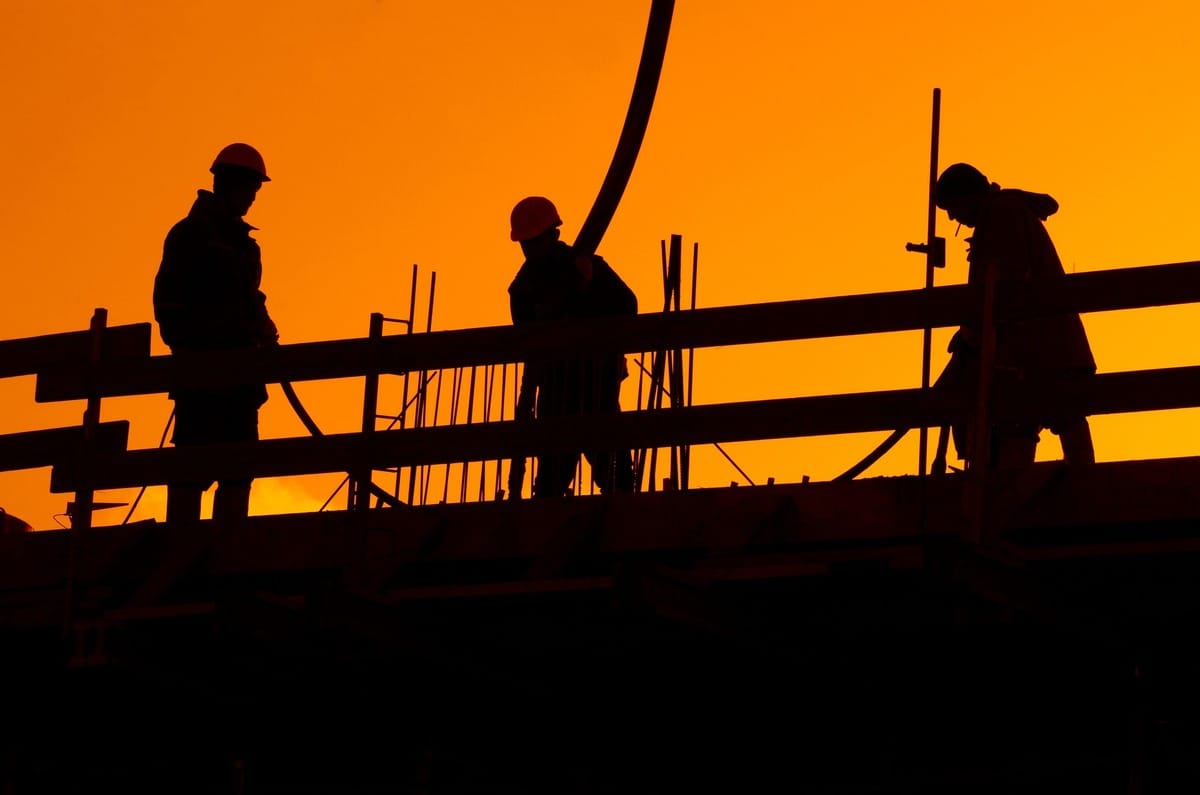- Full Brim Safety
- Posts
- Working Safely on Scaffolding - Your Daily Practices
Working Safely on Scaffolding - Your Daily Practices
Full Brim Safety: Build Smart, Build Safe

Working Safely on Scaffolding - Your Daily Practices
Welcome back, let's Build Smart & Build Safe! We've covered understanding scaffold hazards, proper erection, and daily inspections. Today, we're focusing on working safely once you're on the scaffold – the everyday practices that protect you and your crew while tasks are underway.
Even a perfectly built and inspected scaffold requires diligent attention to detail and safe habits from everyone using it. Complacency at height can be incredibly dangerous.
Key Safe Work Practices While on the Scaffold:
Maintain Fall Protection:
Guardrails are your primary defense: Ensure all guardrails (top-rail, mid-rail, and toe board) are in place on all open sides and ends of the working platform. Never remove them unless dismantling the scaffold.
Use Personal Fall Arrest Systems (PFAS) when required: If guardrails aren't feasible or during specific tasks like erection/dismantling, you must use a full-body harness, lanyard, and a secure anchor point. Make sure your anchor point is always above your head to limit fall distance.
Good Housekeeping:
Keep platforms clear: Don't let tools, materials, or debris accumulate on the scaffold platform. These are tripping hazards and can fall and strike workers below.
Use proper containers: Keep tools and small materials in bags or buckets to prevent them from rolling or being kicked off the platform.
Protect Those Below:
Falling Object Protection: Use toe boards at the edge of platforms to prevent small items from falling. For larger items or significant overhead work, consider installing debris nets or erecting a canopy over areas below the scaffold.
Communicate: Always be aware of who is working below you and communicate when moving materials.
Electrical Hazards Reminder:
Maintain Safe Distance: Always be aware of and maintain the required safe distance from overhead power lines. Scaffolds are often close to buildings where lines might be present. Assume all power lines are energized.
No Contact: Never allow any part of the scaffold, tools, or materials to come into contact with power lines.
Weather Conditions:
Wind: High winds can destabilize scaffolds and blow materials off. Stop work on scaffolds during strong winds.
Rain and Ice: Wet or icy platforms become extreme slip hazards. Do not work on slippery scaffold platforms.
Lightning: Immediately descend from a scaffold if lightning is in the area.
Your consistent adherence to these practices is what makes the difference between a safe workday and a preventable incident. Always be aware of your surroundings, look out for your crew, and never take shortcuts.
Tomorrow, on Fall Protection Friday, we'll dive deeper into the specific requirements for fall protection on scaffolds, exploring when guardrails are enough and when a PFAS is also necessary.
Don't forget to sign your friends up for Full Brim Safety for your daily dose of construction safety tips!
-The Safety Man
